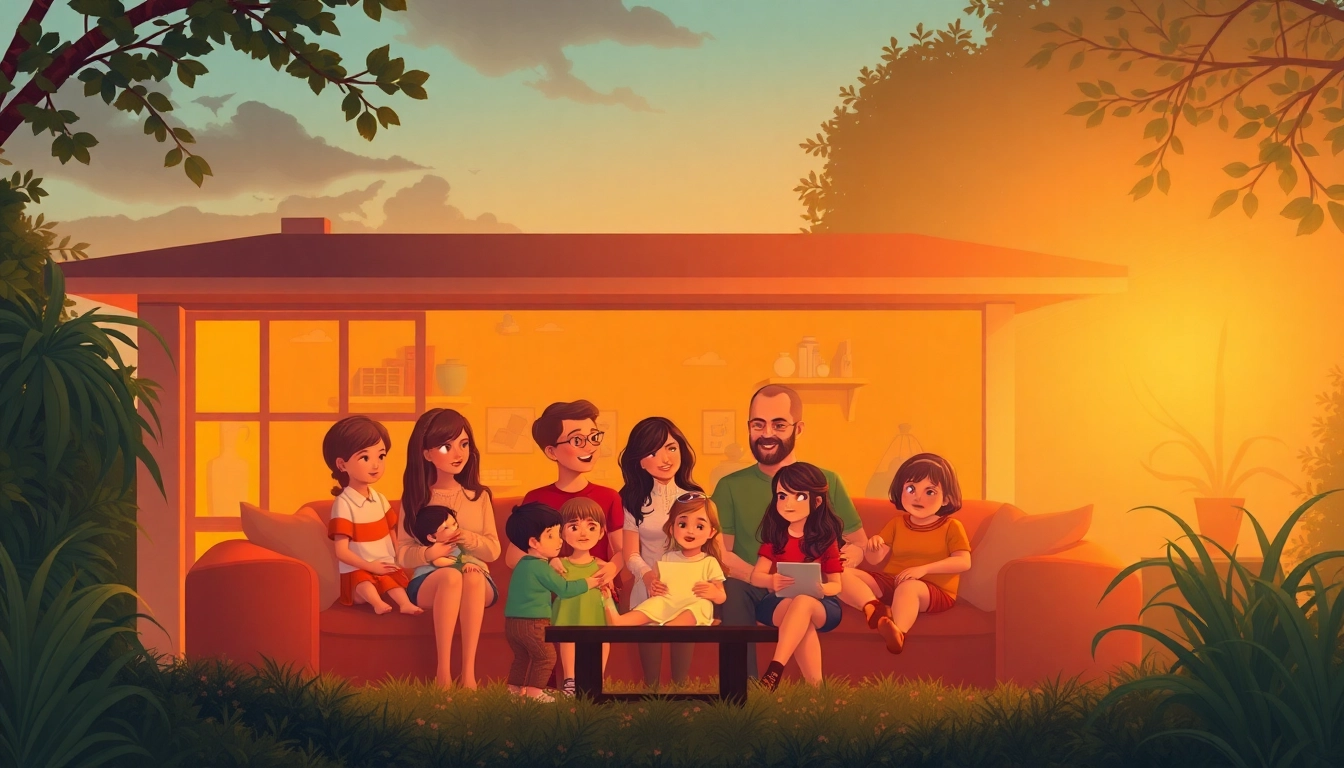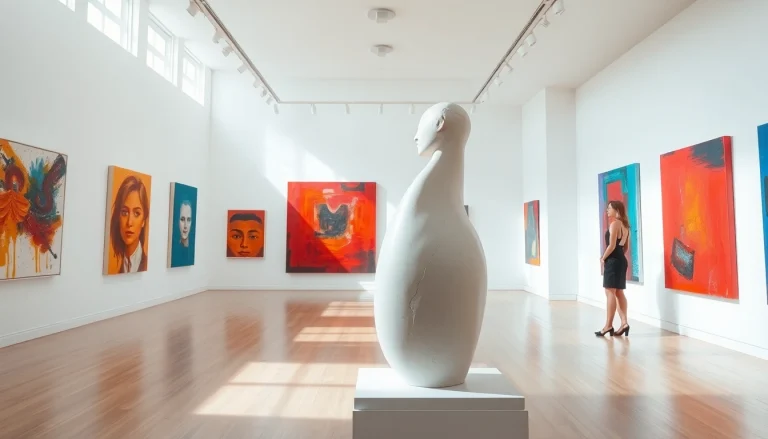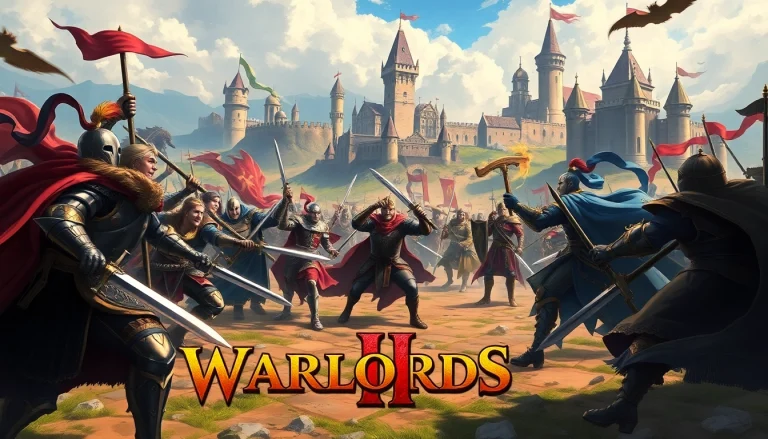Understanding the Concept of Here in Film and Literature
Defining “Here” in Storytelling
The word “here” embodies profound significance in both film and literature. It serves as a marker of physicality and emotional resonance, emphasizing the importance of location in narrative. In storytelling, “here” can represent not just a place, but also a moment in time and a state of being. Whether it’s the comfort of home or the starkness of a battlefront, the notion of ‘here’ anchors characters and scenarios, reminding audiences that each story unfolds in a specific context. Storytellers utilize this concept to evoke feelings and establish connections between the audience and the characters.
How Location Shapes Narratives
Location serves as a silent character in many narratives, influencing plot dynamics and character development. In the much-anticipated film Here, the setting is meticulously crafted to guide the audience through the lives and journeys of its characters. Different locales can evoke distinct emotions—an idyllic village may symbolize safety and nostalgia, whereas a bustling city may represent chaos and opportunity. The narrative is often molded by the geographic, cultural, and historical attributes of the location, making it essential for writers and directors to thoughtfully consider these elements in their work.
The Significance of Place in Human Experience
Human experiences are deeply intertwined with places we inhabit. Each location carries its own story, shaped by memories and cultural significance. In literature and film, the exploration of “here” often unearths the universal human experiences of love, loss, conflict, and belonging. Stories can delve into personal histories associated with a place, portraying how environments impact characters’ emotions and actions. The film Here captures this essence, interweaving the lives of multiple families across generations in the same location, examining how one physical space holds a multitude of narratives.
The Plot of Here: A Synopsis
Overview of Characters and Themes
The film Here, directed by Robert Zemeckis, presents an intricate tapestry of characters, each representing different facets of life and experience. Set in a singular location that serves as the backdrop for multiple generations, the narrative flows through the interactions and experiences of these characters. Thematically, the film grapples with love, familial bonds, and the passage of time, reflecting on how these universal themes manifest differently across eras while still relating back to the shared human condition. This interconnection amongst characters serves to highlight the impact of place on identity and legacy.
Generational Stories: The Flow of Time
One of the most compelling aspects of Here is its exploration of time and generational narratives. By chronicling the ups and downs of several families inhabiting the same space, the film illustrates how history repeats itself, yet transforms in the minds and actions of each new generation. It emphasizes the cyclical nature of life, showcasing how each generation builds on the legacies of those before it, whether they are tangible or emotional. Audiences can relate to these themes, as they mirror the real-world realities of family, tradition, and the collective memory that ties us to our origins.
Emotional Depth and Audience Connection
Emotionally, Here impacts viewers through its authentic portrayal of characters navigating life’s trials and triumphs in a shared space. The film asks profound questions about existence, identity, and connection—demonstrating how settings can foster or inhibit relationships. The emotional depth is heightened by the performances of the cast, particularly the relatable struggles faced by the characters as they confront their pasts and strive for a hopeful future. This connection fosters empathy, making for a more engaging viewing experience.
Behind the Scenes: The Making of Here
Director’s Vision: Robert Zemeckis
Robert Zemeckis, renowned for his innovative storytelling and groundbreaking visual effects, brings a unique vision to Here. His directorial style often blends the mundane with the fantastic, encouraging viewers to see the extraordinary in everyday life. Zemeckis aims to craft a narrative that feels both intimate and expansive, as he leads audiences through layers of personal and collective histories. His approach emphasizes character-driven storytelling, allowing the audience to engage with the film on a deeper level as they witness the evolution of relationships and the significance of “here.”
From Graphic Novel to Film
The transition of Here from a graphic novel to a feature film showcases the adaptability of narrative forms. The original graphic novel, created in 2014, set the stage for rich visual storytelling and emotional exploration. Adapting it for film posed challenges, particularly in translating the static imagery into dynamic performances and immersive environments. However, the film remains true to the source material’s essence while expanding on character arcs and thematic depth, thus reaching a broader audience.
Production Challenges and Triumphs
Every film production faces its challenges, and Here was no exception. From coordinating the logistics of shooting in various locations to ensuring that the vision of the narrative was faithfully executed, the production team navigated numerous hurdles. Additionally, the portrayal of generational shifts within a singular setting demanded careful attention to detail in aspects such as set design and costume, which play pivotal roles in grounding the audience in the timeline of the story. Through collaboration, creativity, and determination, the team successfully brought the rich tapestry of narratives to life.
Critical Reception of Here
Reviews and Audience Reactions
The film Here has garnered a mix of critical reviews, with audiences noting its heartfelt storytelling and character depth. Critics have praised the film’s ability to evoke nostalgia, citing its exploration of the human condition within a confined space as poignant and thought-provoking. Audience reception has reflected a strong emotional connection, particularly among those who resonate with the themes of familial bonds and the passage of time that the film presents. As viewers exit theaters, they are often left pondering their own experiences related to “here.”
Awards and Nominations
As an anticipated film, Here has already started making waves in awards circuits. Early screenings have positioned it as a front-runner for notable nominations, particularly for categories centering on storytelling, direction, and performances. The film’s reception illustrates its potential to leave a lasting mark in contemporary cinema, presenting an array of stories that resonate with audiences globally.
Comparing Here with Other Contemporary Films
When contextualizing Here within contemporary cinema, comparisons often arise with films that similarly explore themes of time, identity, and place. Movies such as Boyhood, which juxtaposes childhood and adulthood against a backdrop of a single location, or The Farewell, which examines family dynamics across cultures and generations, come to mind. Each of these narratives, much like Here, taps into the notion of “home” and the emotional weight it carries, demonstrating how diverse storytelling aims to connect with the audience’s experiences.
Exploring Themes Beyond Here
The Impact of Setting on Global Narratives
The influence of setting extends beyond individual films, infiltrating global narratives across various art forms. Settings often dictate cultural context, informing character behaviors and societal norms. For instance, stories set in urban landscapes may exhibit themes of ambition and struggle, while rural settings may focus on tradition and community. This interplay of location and narrative not only enhances the viewer’s understanding of the text but also provides insight into the complexities of human relationships shaped by their environments.
Lessons from Here: Cultural Reflections
As Here explores the lives of families across generations, it reflects broader cultural truths about shared spaces and collective experiences. The dynamics included in the film foster discussions about how cultural heritage and histories are preserved and represented. It invites viewers to consider their own narratives within the context of their homes, prompting reflections about personal connections to place and the stories that shape identities within those spaces.
Further Reading: Books and Films that Explore Similar Concepts
For those intrigued by the themes presented in Here, several books and films merit consideration. Books such as The House on Mango Street by Sandra Cisneros and Homegoing by Yaa Gyasi delve deeply into the notions of place, identity, and familial legacy. In film, titles like Another Round and Everything Everywhere All at Once also address how location and experience define the narratives of their characters, intertwining personal stories with broader societal themes. Engaging with these works can provide a greater appreciation for the intricate relationship between identity and location that stories like Here so compellingly articulate.








